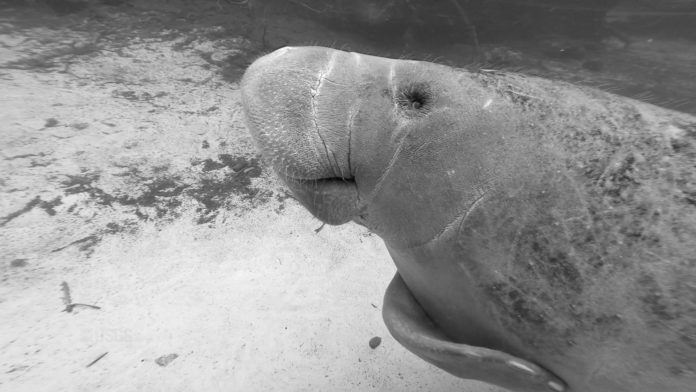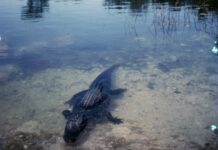The order of mammals known as Sirenia was named for the mythical Greek creatures whose songs lured sailors to their demise. What might not be known about these dugongs, sea cows, and manatees is that their order is about 50 million years old and most closely linked in ancestry to the elephant. Florida laws protecting the lumbering manatee date back to the British colonial period. The Provenance of East Florida’s governor attempted to establish laws protecting them in 1764. The laws were largely ignored.
On a state level, Florida passed its first laws protecting the official marine mammal of the Sunshine State in 1893. By 1907, molesting a manatee was punishable by a $500 fine and six months in jail. Federally, the National Environmental Policy Act of 1969 offered protections that were expanded by the Marine Mammal Protection Act of 1972.
There was a time when Florida’s manatees were hunted for their meat and hides. When John James Audubon visited Indian Key on April 25, 1832, he hired resident James Egan as his guide. He wrote, “The pilot, besides being a first-rate shot, possessed a most intimate acquaintance with the country. … For years his employment had been to hunt those singular animals called Sea Cows or Manatees, and he had conquered hundreds of them, ‘merely,’ as he said, because the flesh and hide bring ‘a fair price’ at Havannah.”
Several of Florida’s keys reference the manatee. Manatee Key, located in Florida Bay some seven miles north of Snake Creek, was named by Charles Brookfield after his boat Manatee, in 1927. The Cowpens Keys located off of Plantation Key have a less pleasant origin story. Legend suggests the islands were named because pens were once kept there where manatees were corralled until they could be slaughtered. The story seems most often associated with the Henry Flagler years. Manatees were supposedly harvested to feed the throngs of railroad workers. The name dates back to at least 1910, which would be the Flagler years. With the existing laws, it would seem unlikely that manatee were being commercially harvested on such a large scale without any newspapers reporting it. While pens may have existed in the shallows back in the pioneer days, no documentation has been discovered to verify it. While once hunted, at least the West Indian Manatee, unlike the Caribbean monk seal once seen basking on these rocky shores, and also desired for its hide and meat, was not hunted to extinction.
Brad Bertelli is curator of the Keys History & Discovery Center.


























